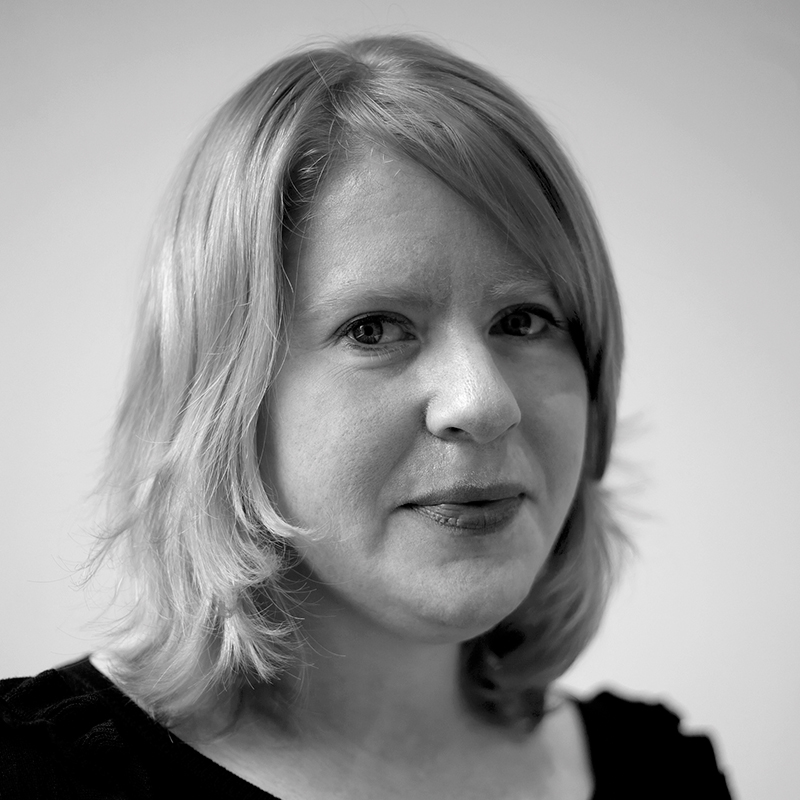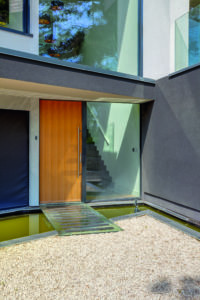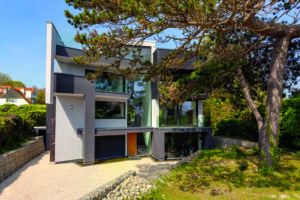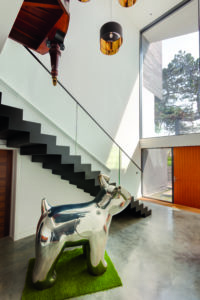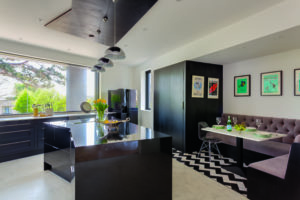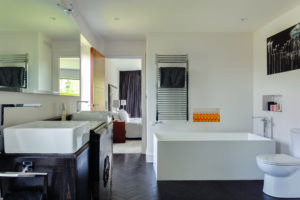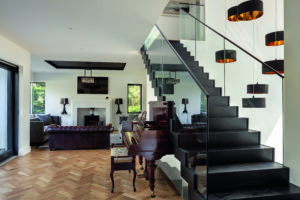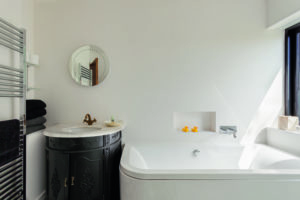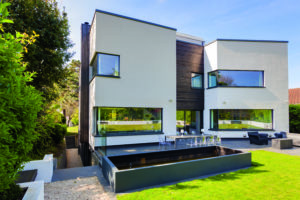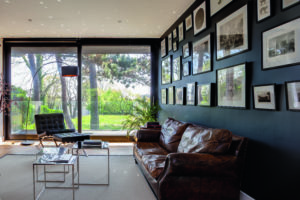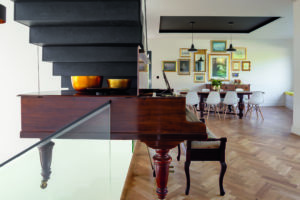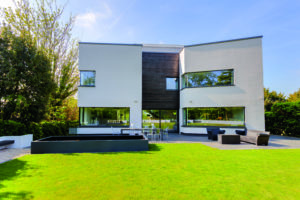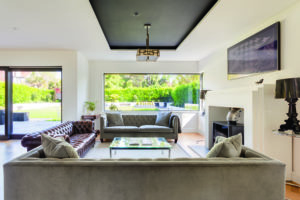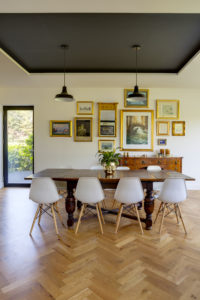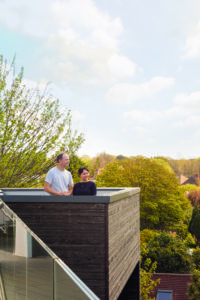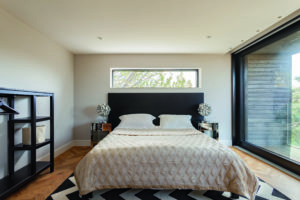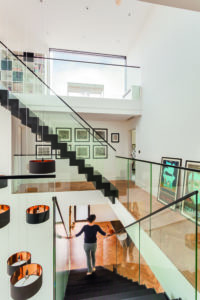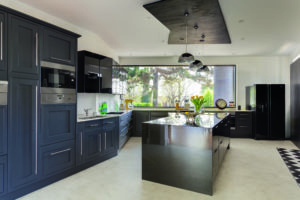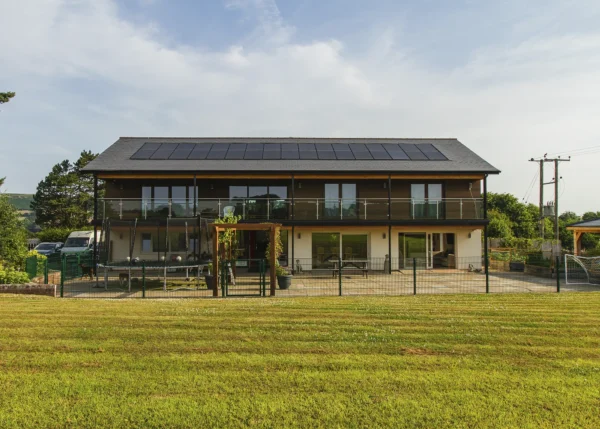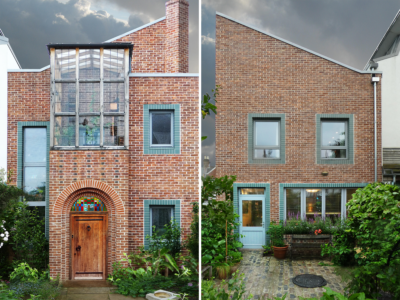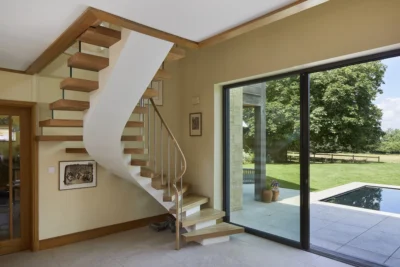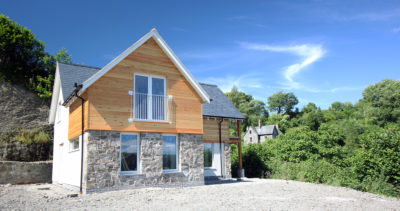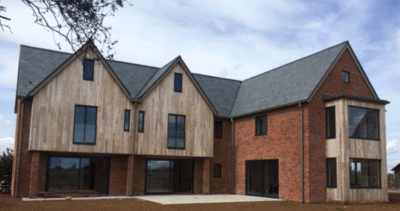Striking Energy Efficient Self Build
Relocating for work was the simple reason that led Sam Cartwright and James Heath to move to the south coast, but they weren’t expecting to build the distinctive, four-storey, low-energy dwelling they now find themselves living in. Having adored their Georgian home in Manchester, their sights were originally set on a fantastic period property in Brighton and Hove, where Sam had a new position at the local university.
In a city known for its handsome squares and Regency villas, in theory, they should have been spoilt for choice. But nothing they viewed within their budget quite matched up to what they had in their previous home.
“We couldn’t find anything as nice as our place in Manchester, so we decided, rather than settle for something not quite as good, let’s do something completely different. Let’s go modern. Let’s build a new home,” says Sam.
- NAMESSam Cartwright & James Heath
- OCCUPATIONSProfessor of clinical psychology & R&D director
- LOCATIONEast Sussex
- TYPE OF PROJECTSelf build
- STYLEContemporary
- construction method Closed panel timber frame
- project route Architect designed, then project management phased between timber frame supplier and main contractor
- Plot size0.4 acres
- property cost£650,000
- BOUGHT2010
- House size450m2
- PROJECT cost £1,400,000
- PROJECT cost per m2 £3,111
- Total cost £2,050,000
- building work commenced May 2016
- building work TOOK 85 weeks
With the clock ticking on her new job starting, the couple found a dormer bungalow in a good location in Hove that definitely wasn’t love at first sight, but had the potential to be something really special. “Sam’s requirement was for a good-sized garden; mine was for a garage. This had both,” says James.
Start from scratch
Having moved in, they began to think about what the possibilities were for the house’s future. “We moved down at the start of 2011 and by April or May we had interviewed nine or 10 architects, and they almost all agreed that the thing to do was knock it down and start again rather than adding extra floors and extending,” says Sam.
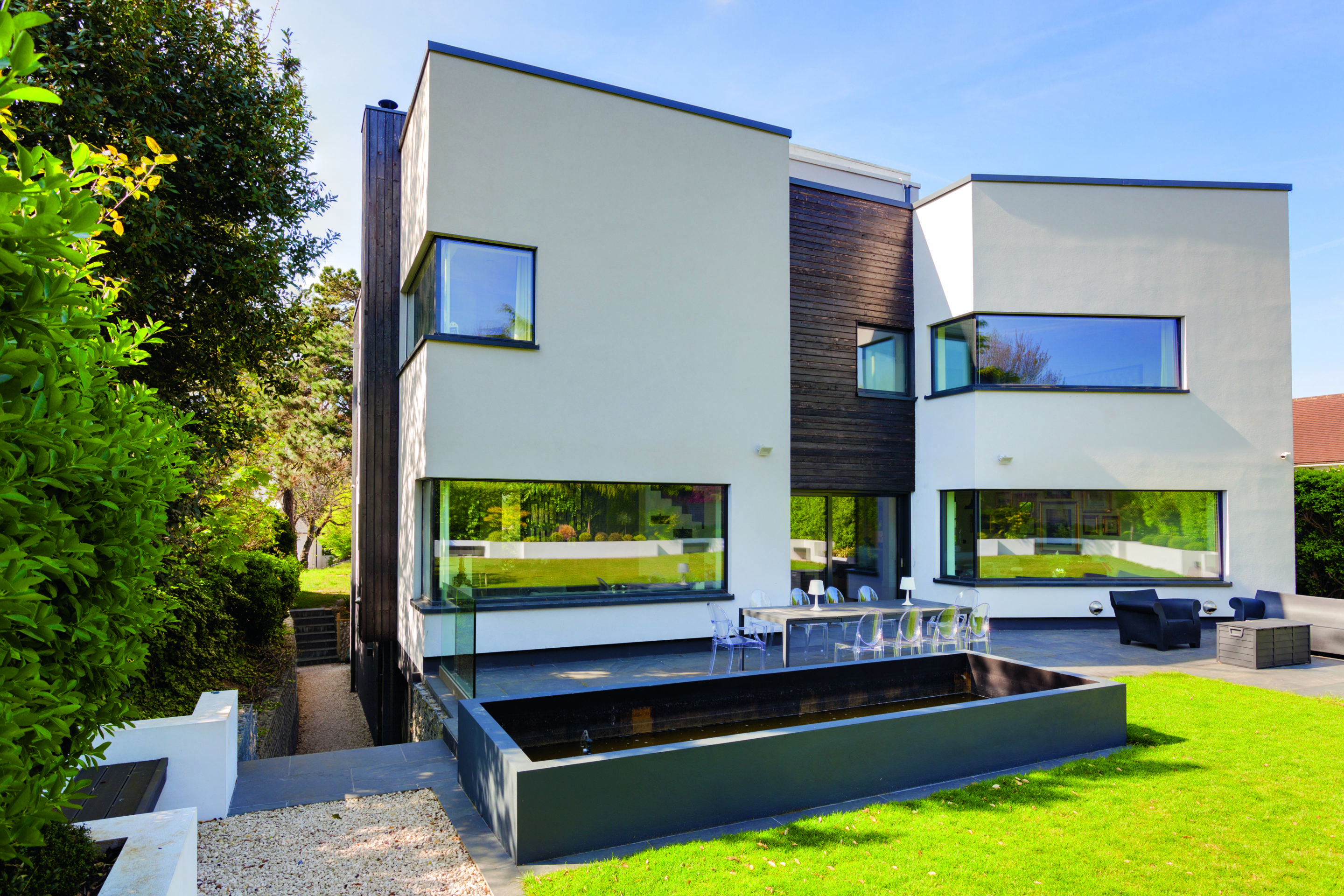
The north-facing back of the house has smaller windows to those at the front. A central section of timber cladding breaks up the rendered facade
They invited two of those to work up some ideas for a four-bed, 250m2 contemporary home. In terms of style, the couple cited Dutch architect Gerrit Rietveld’s Schroder House, an icon of the 1920s modern movement, as one of the references for what they liked.
In the end, James took a leading role in designing the house, creating a cardboard model and handing it over to one of the architects, who finessed it and added some interest to the front facade. By this time, the project’s ambitions were bigger.
James was in the process of selling his business, and this meant that they could further push both the budget and the scale of their build. They were also considering the possibility of building an annexe for James’s dad, who has Alzheimer’s and needed a greater level of care.
The plannning application was initially rejected, with objections filed from neighbours about the size and character of the house. But, under the local authority’s rules, the case had to go to committee because there had been so many expressions of support to counter the objections.
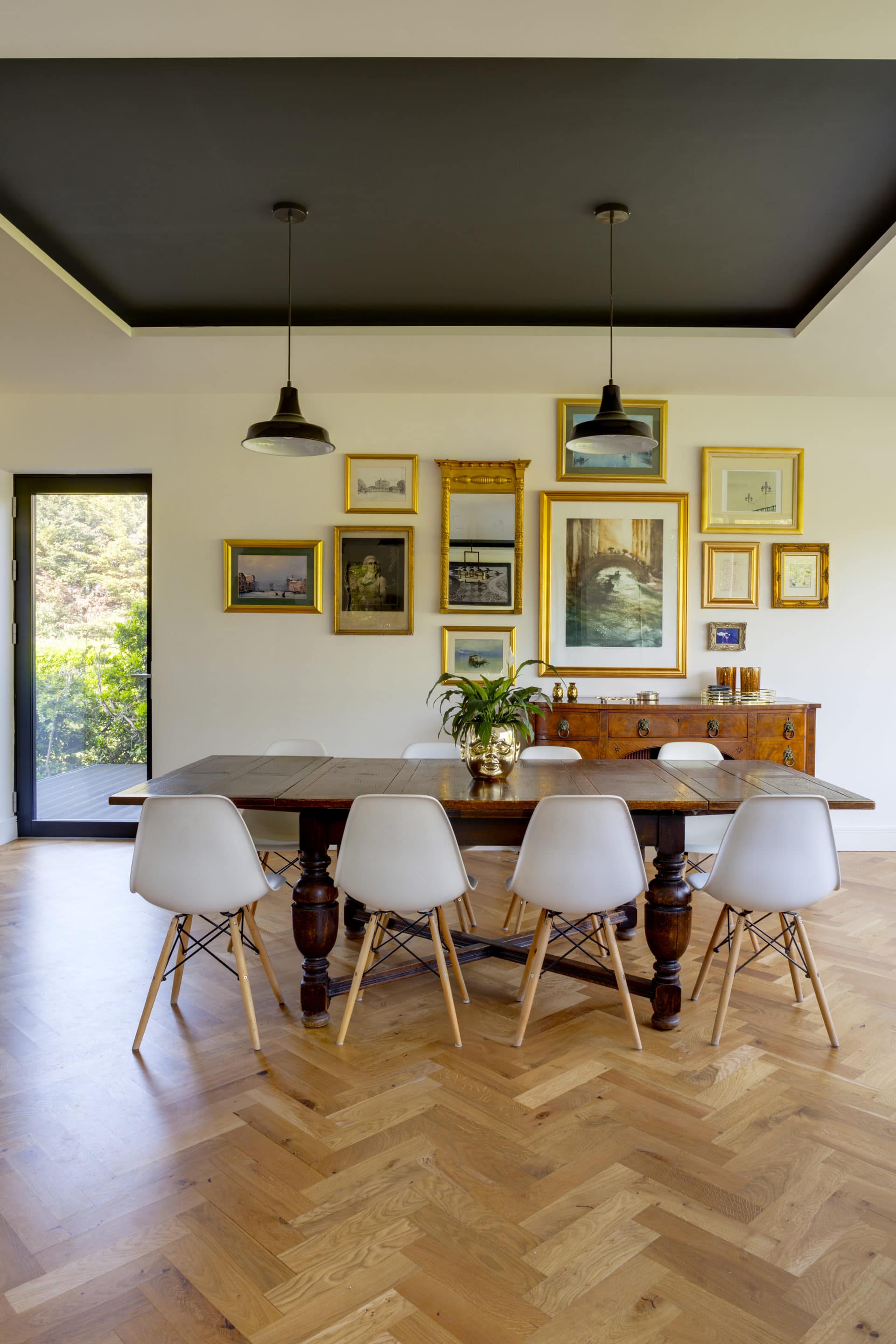
The antique dining table belonged to James’s parents, and the traditional-looking paintings all came from their previous Georgian house. These older elements work well in their new modern surroundings, with contrasting contemporary chairs
The plans were eventually passed, with the fact this was going to be a highly energy efficient home for three generations working in their favour. “One of the objections was that it was too modern, but if you look around, there’s no established vernacular around here. There isn’t a style to fit in with,” says Sam.
Going passive
With planning secured, the project went on the back burner for at least a year, while James continued commuting to Manchester and had his head down working on the transition period as his company was handed over. When the time was right, the couple started to think about how they were going to get their plans out of the ground.
Having decided on a Passivhaus approach (but without paying the fee for certification) they appointed a building designer specialising in this type of build, Jim Miller, who could deliver the expertise they needed in low-energy projects.
Learn more: What is Passivhaus?
A few elements were tweaked to ensure that the building could work well as an ultra energy-efficient home, such as reducing the size of some of the windows and adding automatic external blinds, both measures to combat overheating.
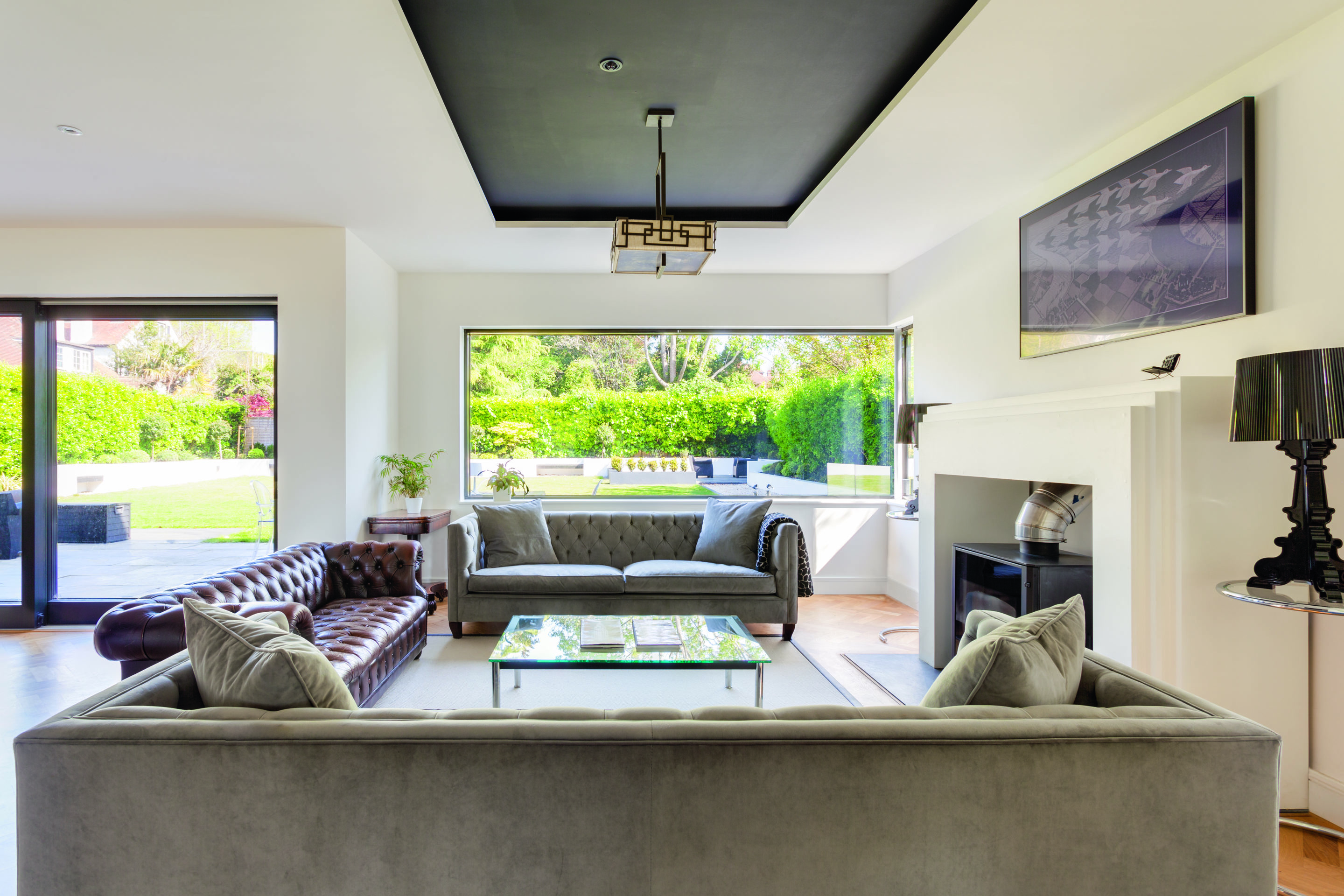
The woodburner in the living area is a great focal point and provides a cosy environment. The ‘painting’ above the fireplace is actually the TV
It was Jim who suggested building using a factory-built closed frame timber system. “I felt more comfortable with blockwork,” says James, “but it is harder to make it airtight to Passivhaus standards. It looked like a cost-effective, predictable way of getting something built.” Jim also led them to their main contractor, Coastal Building Services (CBS), and they were ready to break ground.
Contractual matters
Sam and James contracted CBS on a cost-plus basis: instead of giving them a fixed-price quote, builder Rob handed over all the receipts and labour costs every two weeks, and the couple paid him that figure plus a fixed percentage on top.
This kind of contract requires a good deal of trust between builder and homeowner – the worst-case scenario being that there is no incentive for the contractor to get the job done on time and on budget – but in this case the arrangement worked perfectly, and the client-builder relationship was rock-solid throughout the process.
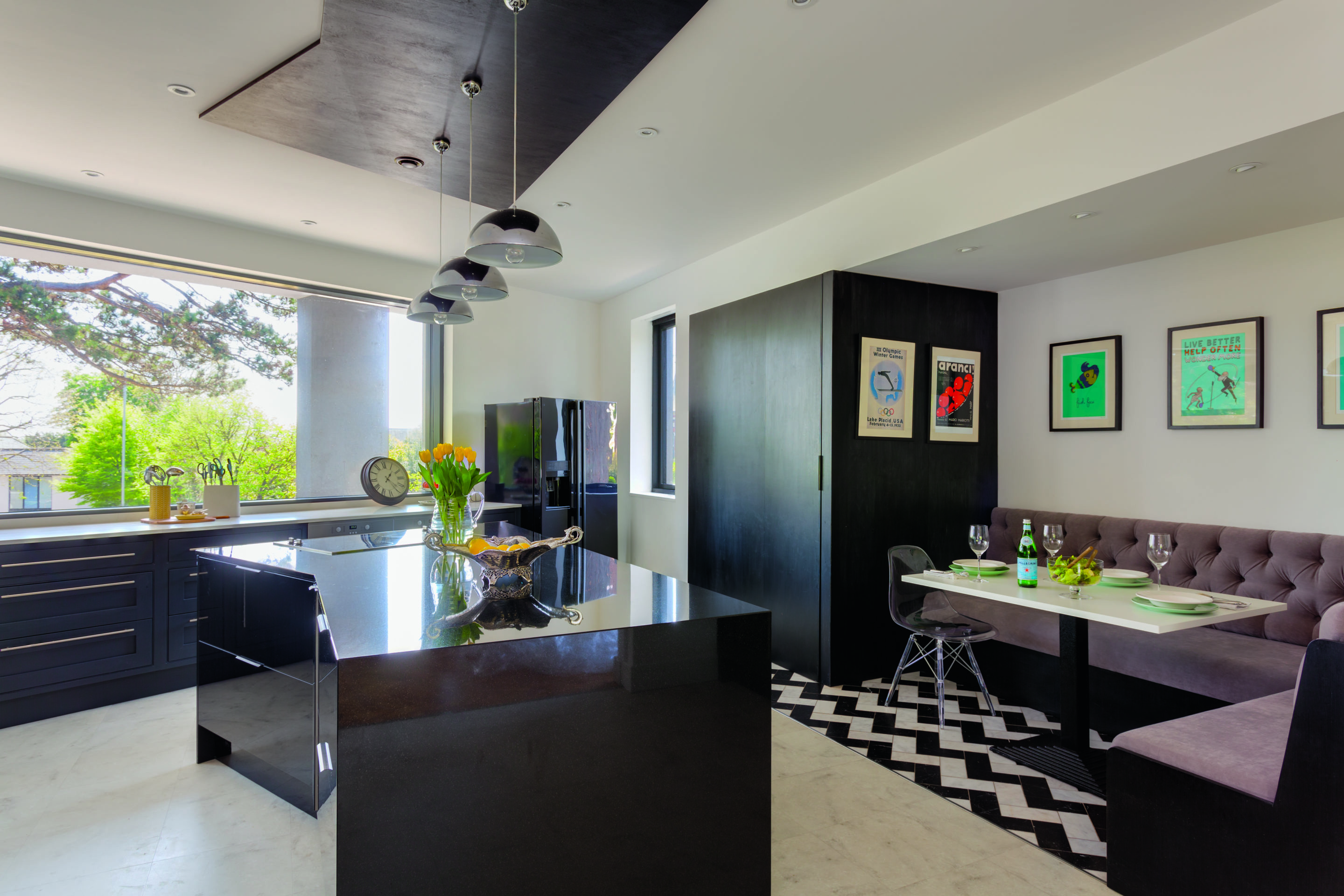
The couple’s joiner worked wonders making all the cabinetry fit around some of the kitchen’s odd angles
“Rob was very honest and said, if you want me to quote a fixed price, I will, but I will load it by 30% to cover any contingencies and risks,” says James. “I visited one of CBS’s previous projects, which was just being finished. I took the guy who lived there out for a drink, and he said he was happy, and that he trusted them. I think it got us the build we wanted, at the quality we wanted – not too over the top, but not cutting corners – at a reasonable price, and with reduced stress.”
Where it made sense, James also took a few of the really big costs out of CBS’s hands to avoid paying the additional percentage. One such example was fabricating the timber-clad steel stairs, which run perpendicular to one another, rising up through the atrium as you walk in the door – one of the house’s undeniable highlights.
Room for everyone
The scale of the house is impressive. James’s dad’s self-contained flat is on the ground floor, along with a guest bedroom and a plant-room-cum-workshop. An entirely open-plan U-shaped space is on the first floor with kitchen, dining area and two living zones. The main bedrooms are another floor up and at the top level is a space that the family call ‘The Belvedere’, which has fantastic sea views.
It’s used as a hobby room for James and their daughter Georgina. The Belvedere steps out on to a terrace where there is an array of solar thermal and PV panels. The solar thermal provides sufficient hot water (stored in a 1,500-litre tank) between about March and October, while the living room’s 10kW Firepower woodburner has a back boiler, with 8kW feeding into the hot water system and 2kW used for space heating the room. A small gas boiler acts as a back-up to these energy efficient options.
Taking stock
Snagging issues with the mechanical and electrical systems have run on for many months longer than the couple would have wanted. James has had to pour his own time into fixing them, using his experience as an engineer to sort everything out. He has also taken the lead on programming the house’s Samsung SmartThings home automation system, which controls the lighting and blinds and will eventually integrate the heating controls, too.
Sam is adamant that she wouldn’t self build again, on account of how stressful the whole process was. “It was utterly exhausting,” she says. “The whole build was full-on, but in the last few months, every waking minute we weren’t at work, we were making decisions that I knew I was ill-equipped for. It’s not an experience I’d wish to repeat. But nothing – touch wood – has gone catastrophically wrong.”
We learnedConsider if you really have the time to dedicate to your project. We both moved to part time working during the build and it was still so, so hard. having An engineering background really came in handy. James is an engineer by training and I don’t know how we would have managed without that knowledge. Plan, plan and plan some more! Pick your door knobs, work out your kitchen, decide on door heights – even before you’ve started digging foundations. You will thank yourself for it. Put your laundry room upstairs. It’s where your dirty clothes, bedding, etc, originate, so keep it close by and simple for yourself! |
The couple admit that it took a while for the house to feel like home, but that shouldn’t detract from the fantastic end result. Light, spacious and super-efficient, it has a high-quality finish and some daring design features. It’s also packed with practical elements that have been thoroughly thought through, which streamline everyday life.
For example, they have the washer and drier on the first floor where the bedrooms are, so there’s no need to lug laundry up and down the stairs. Another clever feature is the way the doors lock automatically when the light goes on in the Jack-and-Jill bathroom.
Now that the stress of the main build is over, Sam and James still have the odd issue to deal with, but thankfully these have diminished to a much more manageable scale – like how to get Marshmallow the cat to use their special, high-tech cat-flap.
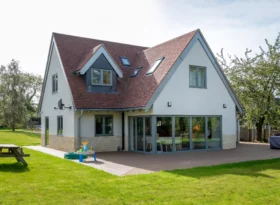
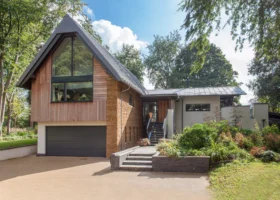


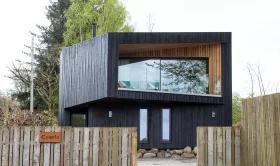
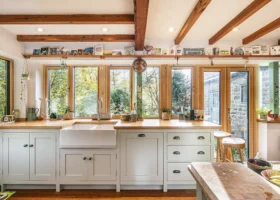



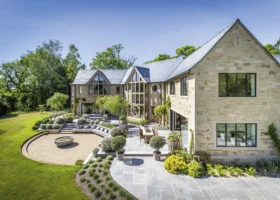









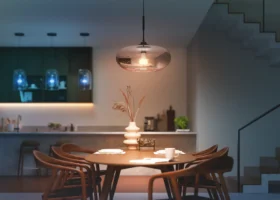
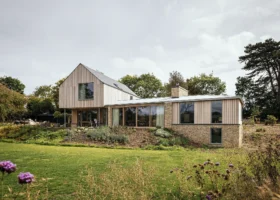

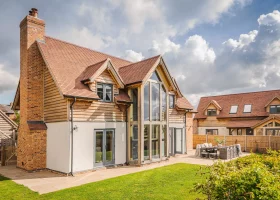


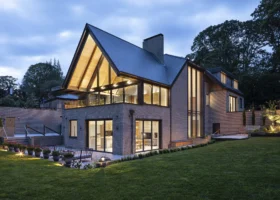













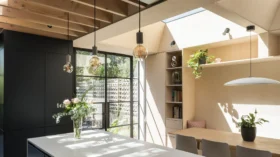

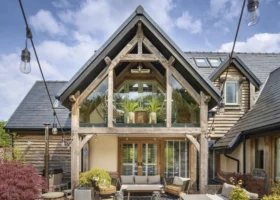
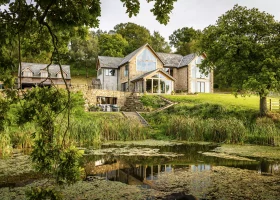
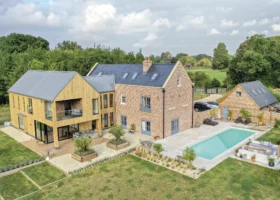

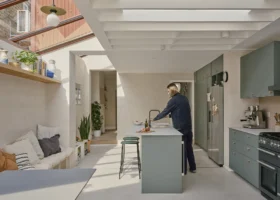
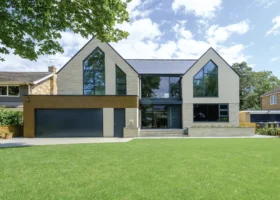
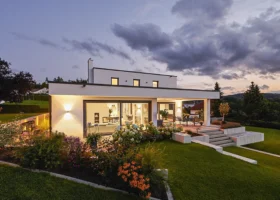





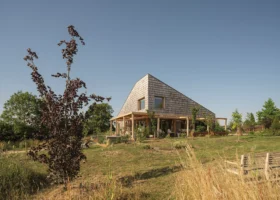




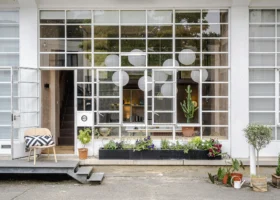






































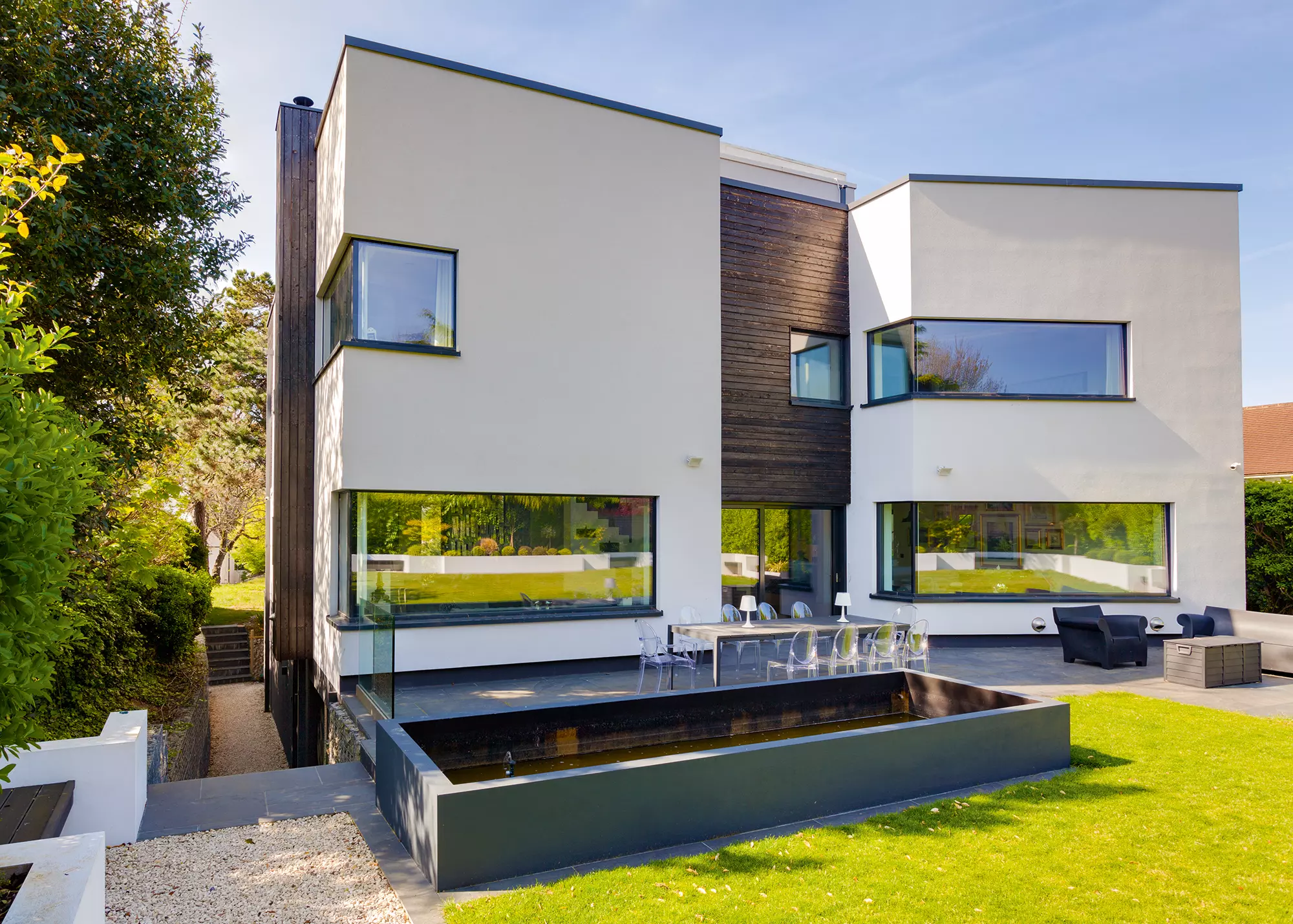
 Login/register to save Article for later
Login/register to save Article for later
